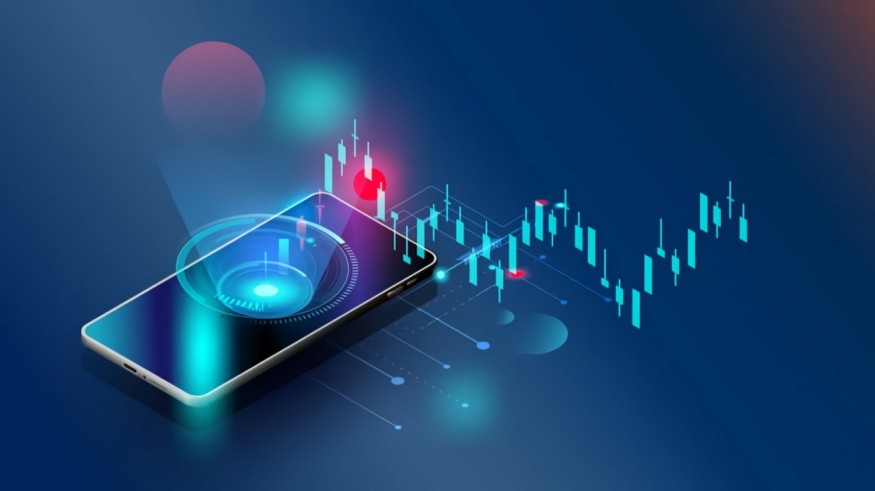
Trading bots have become an undeniable force in today's financial markets. With the convergence of technology and finance, these automated systems are pushing the boundaries of what's possible in trading, bridging human potential with algorithmic efficiency.
This exploration digs deeper into the fascinating world of trading bot and their intricate inner workings.
History and Evolution of Trading Bots
The journey of trading bots starts not in recent decades, but with the dawn of computerized trading. Initial algorithms were rudimentary, focusing on straightforward calculations and decisions.
But as technology progressed, so did these systems. Today, they are highly sophisticated entities, shaped by countless hours of financial research and computer science innovations.
Basics of Trading Bots
A trading bot, in essence, is a blend of finance and technology - a software that executes trades based on a predefined strategy.
They manifest in various avatars: from arbitrage bots that seize on market inefficiencies to trend-following bots that use statistical measures to predict market movements.
Mechanics of How Trading Bots Operate
Understanding the mechanics of trading bots is akin to understanding the intricate workings of a sophisticated machine:
Data Input and Analysis: At their core, bots are analytical powerhouses. Continually ingesting a plethora of market data - prices, trading histories, global financial news, and even social media sentiment - they filter out the noise, homing in on the signals. Using cutting-edge algorithms, they convert this data deluge into structured insights, laying the groundwork for trading decisions.
Decision-making Algorithms: Bots are as varied as the strategies they employ. While the exterior process seems automated, the underlying algorithms are the result of exhaustive financial research. Some bots, like sentinels, monitor news feeds, discerning market sentiment from every piece of news.
Others might resemble historians, pouring over charts and data archives, using technical analysis to predict future movements. Central to these multifaceted strategies is a consistent focus on risk management, ensuring each trade's potential downside is meticulously weighed against its upside.
Order Execution: Beyond analysis, bots excel in action. Interfacing with exchanges via intricate APIs, they translate strategy into real-world trades. Here, they display unmatched precision, choosing the perfect order type, timing, and volume. They consider market depth, potential price impacts, and even the likelihood of other bots' responses, ensuring optimal trade outcomes.
Continuous Monitoring and Adjustment: A trading bot's world is one of ceaseless evolution. They're equipped with feedback mechanisms, allowing them to learn and recalibrate. As markets fluctuate, they adjust their sails, refining strategies and ensuring their approach is always attuned to the current market rhythm.
Benefits and Limitations
In the intricate tapestry of financial trading, bots emerge as both champions and challengers, presenting a unique blend of advantages and inherent risks.
1. Benefits:
Speed: In the high-frequency world of trading, where opportunities can vanish in milliseconds, bots operate at a staggering pace. Their capability to analyze and execute trades virtually instantaneously ensures they latch onto fleeting market advantages.
Emotionless Trading: One of the cardinal pitfalls of human trading is emotional bias, which can skew judgments. Bots, devoid of emotions, operate with surgical precision. They're immune to the euphoria of a winning streak or the panic of a downturn, ensuring a consistently rational approach.
Efficient Data Processing: With the financial markets producing terabytes of data daily, bots emerge as unparalleled data analysts. They can parse vast datasets with ease, extracting valuable insights and identifying patterns beyond human capability.
24/7 Trading: Unlike human traders, bots don't require sleep or breaks. This round-the-clock operation means they can capitalize on global market movements, regardless of time zones or traditional market hours.
Diversified Strategies: Many sophisticated bots can juggle multiple trading strategies simultaneously. This flexibility allows them to spread risks and pivot quickly based on market conditions.
2. Limitations:
Technical Vulnerabilities: No software is entirely free of bugs. Even minor coding errors or unforeseen glitches can have outsized implications in the fast-paced trading world, leading to unintended trades or missed opportunities.
Potential for Market Manipulation: In the wrong hands, trading bots can be programmed to engage in market manipulation tactics like wash trading or pump-and-dump schemes, posing risks to the broader trading community.
Dependence on Infrastructure: Bots rely on a robust tech infrastructure. Internet downtimes, server outages, or API disruptions can significantly hamper their effectiveness.
Configuration Challenges: A bot is only as good as its configuration. Misconfigurations, or reliance on flawed strategies, can spiral into magnified losses, especially if not identified in time.
Over-reliance: Excessive dependence on bots without human oversight can be risky. Market anomalies or unprecedented events, which bots might not be programmed to handle, require human judgment to navigate effectively.
By understanding these benefits and limitations, traders and investors can make informed decisions about integrating bots into their trading strategies, ensuring that they leverage their strengths while mitigating potential risks.
Safety and Ethical Considerations
The increasing prominence of bots underscores the necessity for robust operational guidelines. Protecting them from cyber threats ensures the sanctity of trades and investor confidence.
Equally paramount is the ethical dimension. As bots influence market liquidity and price dynamics, their deployment mandates rigorous oversight. Responsible usage, transparency in algorithms, and equitable trading practices become non-negotiable pillars.
Future of Trading Bots
The horizon looks promising for trading bots. Developments in machine learning and AI promise even smarter bots, capable of predictive analytics beyond current capabilities.
Simultaneously, regulatory bodies worldwide are keeping a close watch, aiming to introduce guidelines that ensure market transparency and fairness in this automated age. Thus, bots are not just tools of the present but architects of the future financial landscape.
Conclusion
Trading bots, seamlessly merging finance with technology, have revolutionized trading paradigms. Their potential is vast, offering both opportunities and challenges.
As we navigate this automated era, it's crucial for every market participant to understand, adapt, and harness these digital allies, all while ensuring ethical standards and market integrity.
The dance between human intuition and algorithmic precision has only just begun, promising exciting times ahead for the financial world












